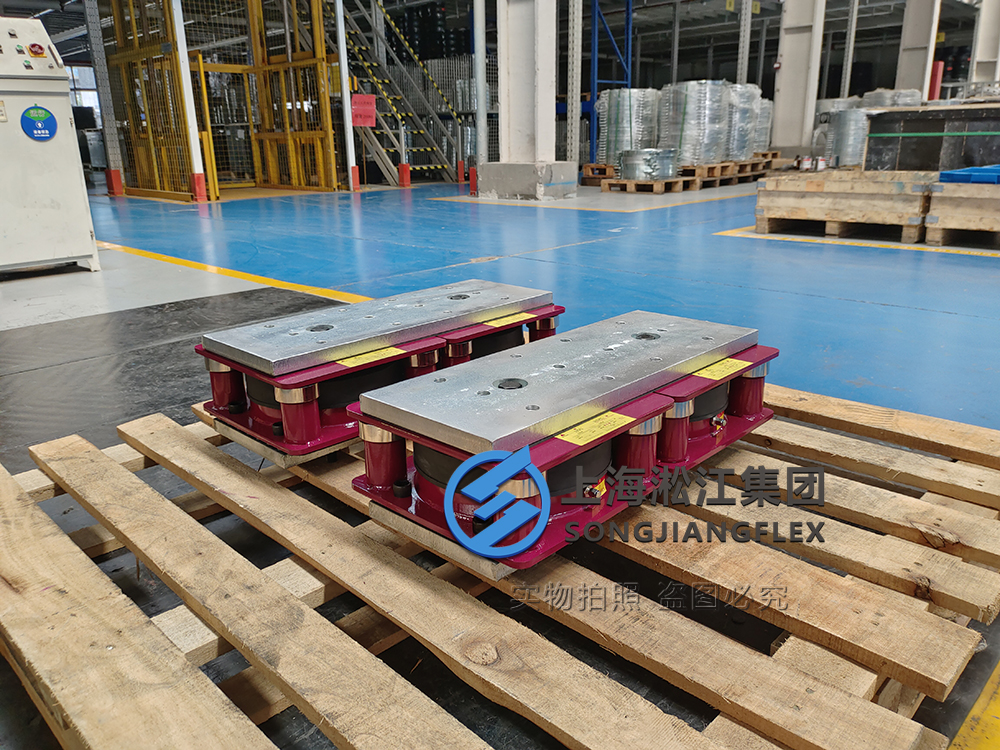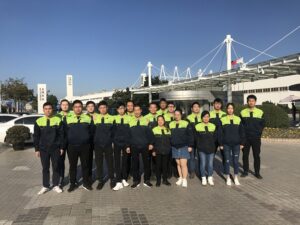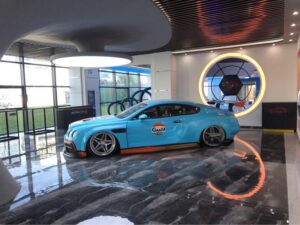What is a Custom Dual-Chamber Air Pressure Vibration Isolator, and Why Is It Worth It?
Does your equipment always struggle with vibrations that standard isolators can’t fix? A custom dual-chamber air pressure isolator is designed for complex vibration scenarios. With its independently adjustable chambers, it offers a smarter way to isolate vibrations.
A custom dual-chamber air pressure isolator features two air chambers that can be individually pressurized to match asymmetric or dynamic loads. It’s ideal for complex settings like HVAC, power systems, and automation. With precision control and long service life, it’s a superior solution for vibration isolation.
Let’s explore how this advanced technology works and where it excels.
What is a dual-chamber air pressure isolator?
A dual-chamber air pressure isolator includes two independent air chambers, each adjustable to fine-tune vibration control.
It allows precise performance tuning for various frequencies.
The dual-chamber structure offers better adaptability, especially in dynamic, high-precision environments.
What is the purpose of a vibration isolator?
The main function is to prevent mechanical vibrations from transferring into surrounding structures.
It boosts efficiency, protects components, and reduces structural fatigue.
Widely used in industrial systems to improve service life and ensure stable operation.
What are the different types of vibration isolators?
Common types include rubber isolators, spring mounts, air springs, and hybrid isolators.
Each type fits different loads, frequencies, and damping requirements.
Custom dual-chamber systems offer the versatility and adjustability ideal for complex installations.
What is a vibration isolator in HVAC?
In HVAC, isolators prevent compressor and fan vibrations from spreading into building structures.
They are key for noise control and system longevity.
Dual-chamber isolators excel in large rooftop or industrial HVAC platforms, often used in vibration isolation platforms.
What is the difference between a vibration isolator and an absorber?
A vibration isolator blocks vibration transmission, while an absorber neutralizes energy through resonance.
Though both reduce vibrations, they operate differently.
Dual-chamber air isolators can combine both effects by adjusting internal pressure dynamically.
What are the applications of vibration isolators?
Used in power plants, air handlers, test benches, semiconductors, and medical imaging.
They isolate vibrations to ensure accuracy, silence, and stability.
Custom solutions integrate into broader vibration isolation systems for full-spectrum control.
What is the difference between a spring isolator and a vibration isolator?
Spring isolators use mechanical springs and lack damping, suited for low-frequency vibrations.
Air-based systems allow precise, real-time load adjustment.
Dual-chamber air isolators outperform in dynamic environments with variable loads.
What is an example of vibration isolation?
Mounting a generator on a dual-chamber vibration isolation platform blocks both low and high-frequency vibrations.
This setup is critical in hospitals, labs, and data centers requiring 24/7 precision and stability.
It isolates vibration and prevents it from affecting sensitive surroundings.
What are the common materials used as vibration isolators?
Rubber, neoprene, polyurethane, stainless steel, and air are common.
In dual-chamber designs, flexible rubber diaphragms and reinforced air bladders are essential.
Material selection depends on thermal resistance, fatigue tolerance, and frequency response.
Why choose a custom dual-chamber air pressure isolator?
Standard isolators fail in complex or shifting load environments.
Customization ensures better fit, control, and system adaptability.
We offer decades of experience and tailored vibration isolation systems for high-reliability operations.
A custom dual-chamber air isolator delivers precision, adaptability, and control—perfect for dynamic industrial environments.






